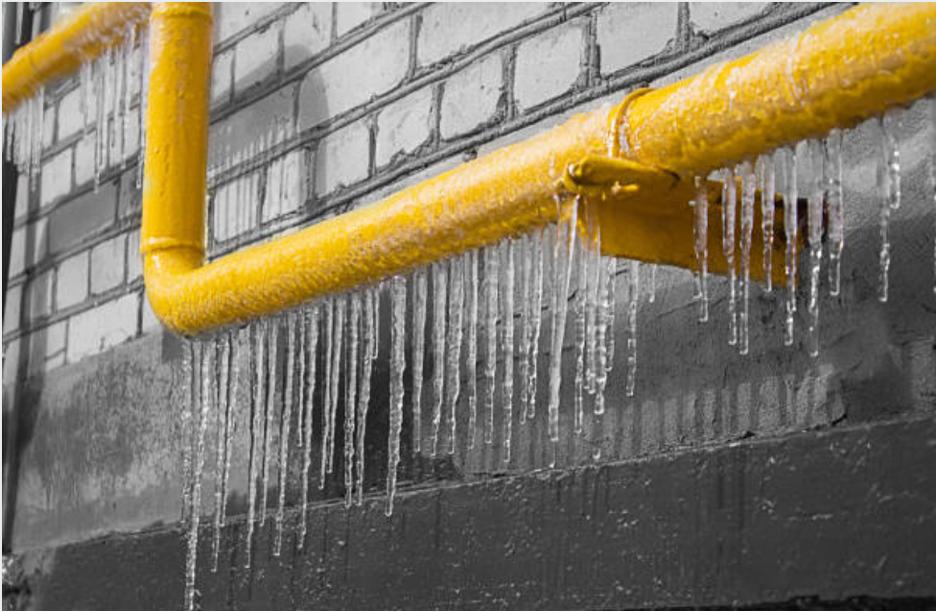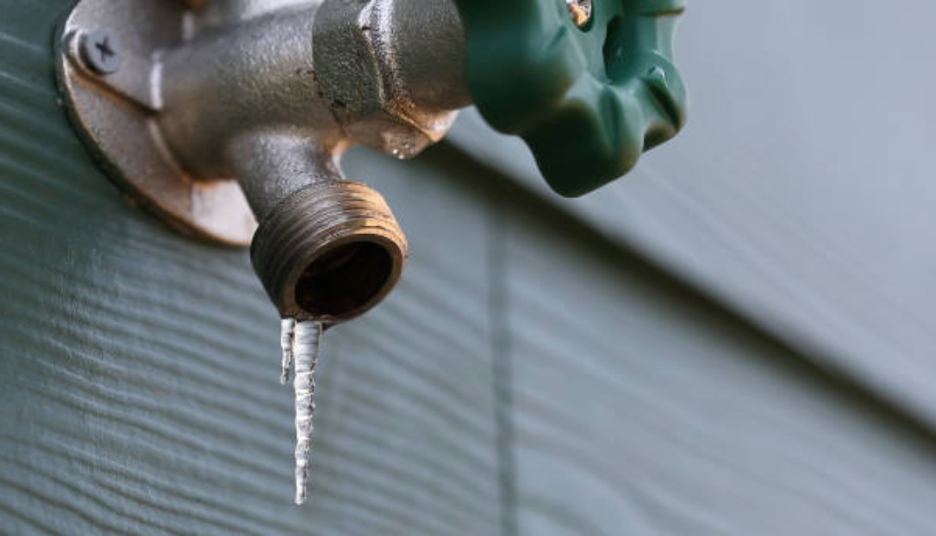Preventing and Dealing with Frozen and Burst Pipes in the Winter
Winter can bring an unexpected but common problem for homeowners and business owners alike: frozen and burst pipes. These issues can cause severe water damages, disrupt daily operations, and lead to expensive repairs. However, with the right precautions, you can avoid these winter plumbing disasters.
At DAI Restore, we specialize in helping homeowners and businesses recover from water damage. Here’s everything you need to know about frozen pipes, how to prevent them, and how to spot early warning signs before they cause major damage.
Why Frozen Pipes are a Serious Problem
When temperatures drop below freezing, the water inside your pipes can freeze and expand. This buildup of pressure can cause cracks or even lead to pipes bursting. The result of this can lead to water damage to walls, floors, and personal property – not to mention the costly repairs. A burst pipe can also cut off your water supply, create structural damage, and lead to mold growth – turning a small issue into a major emergency.
 Photo credit: Nadezhda Dorokhova
Photo credit: Nadezhda Dorokhova
Signs Your Pipes May Be Frozen or About to Burst
Knowing the warning signs can help you act fast and prevent costly damage. Here’s what to look for:
- No Water Flow or Low Pressure
A lack of water from faucets or sudden drops in water pressure may indicate frozen pipes. Check areas where pipes are exposed to cold temperatures
- Frost or Condensation on Pipes:
If you notice frost buildup or condensation on pipes in unheated areas, this is a warning sign that freezing could be imminent.
- Strange Smells or Sounds:
Hearing gurgling, banging, or whistling sounds from your plumbing? Noticing unusual odors? This could indicate a blockage from ice or even a cracked pipe leaking water.
- Visible Cracks or Leaks:
If a pipe bursts, you’ll likely see water stains on walls or ceilings, damp floors, or pooling water near the affected area.
Now that we’ve covered how to spot frozen or burst pipes, let’s talk about how to prevent them.
 Photo credit: jhorrocks
Photo credit: jhorrocks
How to Prevent Frozen Pipes This Winter
- Insulate Pipes: Insulating pipes in unheated areas like basements, attics, and crawl spaces is the most effective way to prevent freezing. Use foam sleeves or fiberglass insulation to protect exposed pipes ahead of cold temps hitting.
- Seal Gaps and Cracks: Ensure that any gaps or cracks around windows, doors, and exterior walls are sealed. Cold air can seep into these spaces and cause pipes to freeze.
- Let Faucets Drip: You may have heard about this tip before, but during extreme cold spells, letting faucets drip slightly can relieve pressure inside the pipes and prevent freezing. This is especially important for pipes running along exterior walls.
- Keep the Heat On: Even if you’re away from your home or business for an extended period of time this winter, we advise keeping the heat on at a minimum of 55°F to ensure that the pipes remain above freezing temperatures.
- Shut Off Outdoor Water Sources: Disconnect and drain all outdoor hoses at the onset of winter, and shut off the water supply to outdoor spigots to avoid freezing in those areas.
- Use Heat Tape or Cables: For pipes in areas prone to freezing, consider using heat tape or cables, which can provide additional warmth to prevent freezing.
What to Do if a Pipe Freezes or Bursts
If you suspect a pipe is frozen, act quickly.
- Turn off the water supply to prevent further damage.
- Don’t try to fix it yourself!
- Avoid open flames near piping.
- Call DAI Restore to handle any damage and help your restore property.
Don’t let frozen pipes freeze you out this winter – Call DAI Restore!
Follow us on social media to stay up to date on all things safety, preparedness, and more!